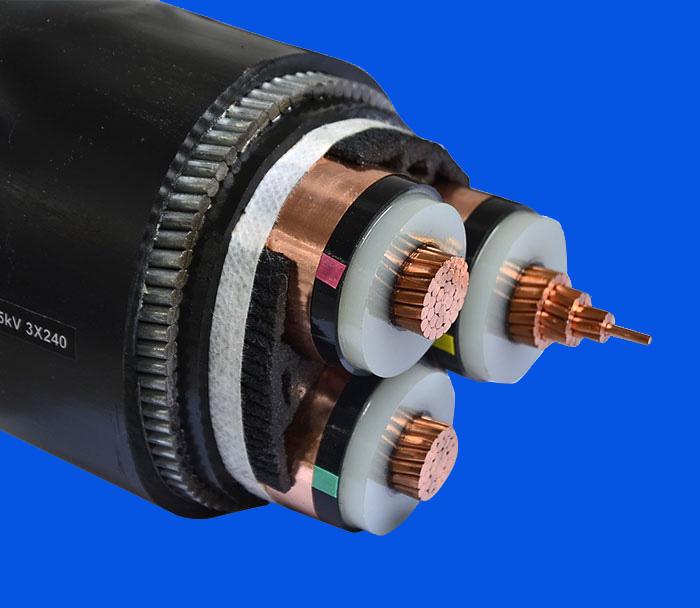
"Wires" and "cables" are conceptually not strictly defined. In the narrow sense, they are called "wires" and "cables" and should be collectively referred to as "cables" in a broad sense.
Generally speaking, the single root is called "line", and the other is called "cable"; the small diameter is called "line", and the structure is complicated by multiple "cable".
However, with the modernization of power transmission equipment and the development of information society, today's wires and cables have developed into an era of “cables in the line” and “wired in the cable”.
Therefore, "wire" and "cable" are not strictly differentiated and defined.
"Electric wire" generally refers to a wire product wrapped with an insulating layer, which is divided into "electromagnetic wire" and "universal insulated wire".
"Electromagnetic wire" refers specifically to the "enamel wire" for making coils or windings.
"General-purpose insulated wire" refers to a material that is made of one or more strands of wire and is insulated by plastic, rubber, etc., mainly for transmitting electrical energy and signals.
For connection purposes. A "cable" consisting of one or more strands of insulated wire placed in a sealed protective layer for the transmission of electrical energy and signals.
At present, on the basis of the original traditional rubber and lead-clad cables, new products such as new plastic cables have been available.
There are single insulated conductors and “bundled conductors” on the low-voltage distribution lines newly applied in rural areas.
The single insulated conductors are covered with insulating plastic layers on the basis of the original bare conductors, mainly to reduce the typhoon, ice, snow, bamboo and other power lines.
Destruction, improve the reliability of rural power supply; "cluster wire" is a new type of wire that has been promoted and applied in recent years.
In addition to the function of insulated wire, the biggest advantage of "bundle wire" is to reduce channel occupancy and prevent external force theft.
Beautify the rural visual environment. However, in recent years, with the need of power communication, "fiber-clad cable" has emerged, and the fiber-optic communication cable in the power cable has become the main development direction of power cables in the future.
At present, this kind of photoelectric integrated cable is mainly used for submarine cable and for user terminal receiving line, which is convenient for realizing communication synchronization while transmitting power, and brings convenience of information transmission for developing smart grid in the future.